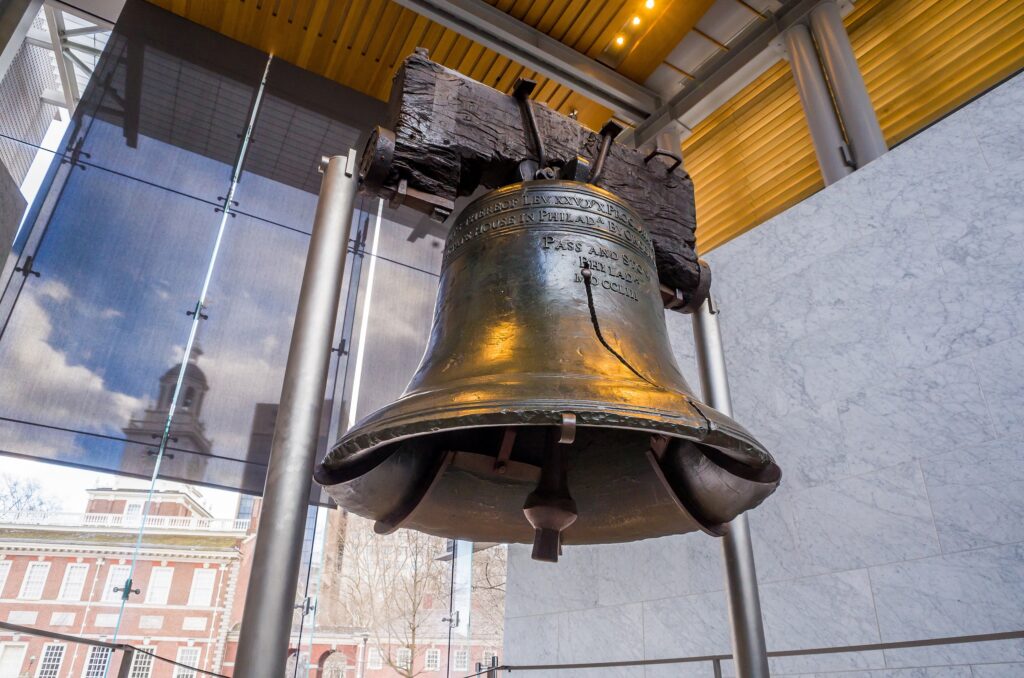Election time in a one-party state
After George W. Bush was declared winner of the 2000 presidential election, I headed from our newspaper offices to the Orange County Republican Party election event, where I expected an easy night of jotting down crowd reactions. I was thrilled Al Gore had been vanquished, but my happiness turned to angst as this early “victory” turned into a drawn-out dispute. That wasn’t the only election where this opinion writer had become overly invested in the outcome.
My Orange County Register editorial-page colleague, the late Alan Bock, always calmly smiled at such election angst. “Don’t vote,” he would say. “It only encourages them.” Over time, I learned to take his advice and treat elections as something akin to a low-rent circus — an attitude that has served me well as California politics have become increasingly distasteful.
When I moved here from Ohio in 1998, California still had a GOP governor. Democrat Gray Davis obliterated Republican Dan Lungren in that election, but two of the statewide office winners were Republicans. Five years later, Arnold Schwarzenegger won a recall election over Davis. Schwarzenegger wasn’t a standard-issue Republican, obviously, but he did initially run on fiscal-reform themes. Not that I’m a big fan of Republicans (and certainly not these Republicans), but it’s the only check on an increasingly liberal Democratic majority.
Republicans were fading away then, but as the 2016 general election approaches, it’s clear the party is becoming a hazy memory. Hillary Clinton probably will beat Donald Trump by 20 percentage points here. Trump’s unpopularity in California could help Democrats regain legislative supermajorities. There’s nothing much to do except watch in detached amusement and make a few cynical observations:
Moderate “reforms” only exacerbate the problem. California’s business community rarely fights any principled battle. Indeed, the top business groups give lots of cash to Democrats in hopes of securing a favorable tweak or two in the latest business-killing legislation. Instead of fighting, the business lobby has embraced reforms designed to empower so-called “moderates” in the Legislature.
In reality, Republican moderates rarely make a principled stand on anything (one actually needs principles to take a principled stand, after all) and Democratic moderates mostly are leftists who might take an occasional pro-business vote here and there. One of the big business-backed reforms lets the Legislature pass budgets on a simple majority vote rather than the previously required supermajority. The goal here was to stop the end-of-budget-year logjam, but the change has served to cut the GOP entirely out of the budget process.
Another big moderate reform was the creation of the Top Two primary system. Similar to Louisiana’s jungle primary, this system moves the top two vote-getters to a run-off in the general election, regardless of party affiliation. Hence, the U.S. Senate race pits Democratic Attorney General Kamala Harris faces against Democratic Rep. Loretta Sanchez. Some Republicans back Sanchez, even though she received a “zero” on a conservative rating system, because she at least gives a nod to their issues on occasion — and she’s a nice person. How is that for political choice?
There is no conceivable way to throw the bums out. In reality, the politicians have chosen their voters far more than vice versa, thanks to the way districts are drawn. Republicans had previously been complicit in revamping legislative districts to make them as noncompetitive as possible — thus protecting their own safe seats, although locking themselves into a permanent minority.
In the latest redistricting, the GOP got outsmarted by Democratic activists as new maps were drawn by a nonpartisan committee. In 2011, ProPublica “reconstructed the Democrats’ stealth success in California, drawing on internal memos, emails, interviews with participants and map analysis. What emerges is a portrait of skilled political professionals armed with modern mapping software and detailed voter information who managed to replicate the results of the smoked-filled rooms of old.” In technical terms, the GOP got rolled.
On the statewide level, the task of electing a non-Democrat is nearly as daunting as changing the legislative makeup of the Capitol. For example, Republican Pete Peterson ran against Alex Padilla for secretary of state in 2014. Peterson was an ideal statewide GOP candidate (knowledgeable, moderate, personally engaging and was even endorsed by major media, including the Los Angeles Times).
Peterson was perceived as having the best shot for a statewide win in that election cycle, but lost by seven percentage points. In the postelection data, he did really well statewide, except in Los Angeles and Alameda counties. The former has 10 million people, so if you lose there, it swamps the results throughout the state. Much of California’s land mass is populated by fairly conservative people, but they can never match the voting strength of Los Angeles and the Bay Area.
Uninformed voters get to make complex policy decisions! Chapman University in Orange, California, this month released its latest Survey of American Fears, which found a strangely uninformed and conspiracy-minded American electorate. It’s a national survey, but the results seem particularly apt here in California for a reason I’ll address in a moment.
“In the most striking result, 25 percent of the respondents agreed — and another 7.5 percent strongly agreed — that the ‘government is concealing what they (sic) know about the North Dakota Crash,” reported Jesse Walker in Reason.com. The “North Dakota Crash” is a bogus conspiracy theory the Chapman pollsters invented as a control question. A third of those Americans surveyed believe the government is withholding information about the crash. More of them (42.6 percent) believe the government is covering up info about alien encounters, but fewer (24.2 percent) think it’s covering up information about the moon landing.
The results are apt, because California voters also make complex policy decisions thanks to the state’s boisterous initiative and referendum process. This year, there are 17 measures on the ballot. Voters decide whether to require a statewide vote for projects funded by revenue bonds. They get to choose whether to end the death penalty or approve complex reforms to speed up the appeals process. They will decide whether to legalize marijuana, try to control some prescription drug prices, require porn actors to wear condoms, authorize $9 billion in general-obligation bonds to build new school facilities or whether to OK a fee on hospitals to fund the Medi-Cal system.
The initiative process was a Progressive Era invention to break the power of robber barons. These days, many non-progressives (myself included) defend the system as the only means to circumvent a leftist Legislature. Many progressives want to “reform” the system, which they perceive as the people’s last threat to their power. Whatever one’s views, it’s optimistic to think the average voter has any more clue about the intricacies of revenue bonds than about the government’s cover-up of alien encounters.
Not that it matters anyway. In 2008, California voters approved Proposition 1A, which provided nearly $10 billion in bonds to build a high-speed rail system from Los Angeles to San Francisco. To win approval, the system’s backers included detailed promises regarding travel times, costs, subsidies, federal grants, etc. The system that is underway violates many of these promises — and the court has said that’s OK. So the specific language included in propositions may amount to little more than suggestions. In other words, it doesn’t really matter what the voters approve anyway.
Is the system rigged or is this just the obvious results of a one-party state? Either way, there’s nothing much we can do about it. My colleague’s advice seems more apt with every passing day. Go on with your life and don’t do anything to encourage them.








